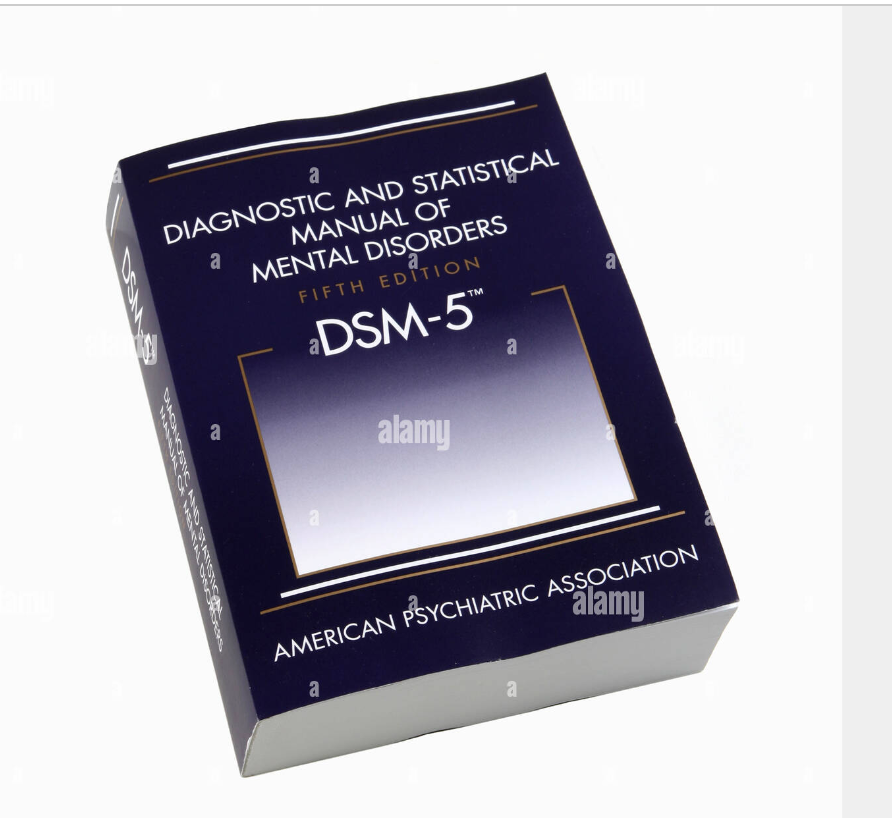According to Urits and Viswanath, Opioid medications are fundamental in anesthesia and analgesia and are often used to treat acute and chronic pain. They achieve their desired effects by modulating pain perception in the central nervous system; however, they also act on opioid receptors in the periphery, causing many undesirable effects, such as respiratory depression, seda- tion (which rarely continues after a few days or weeks), and chronic G.I. dysmotility leading to opioid-induced constipation (OIC).
OIC is part of a spectrum of OIBD that presents with various G.I., including reflux, vomiting, bloating, abdominal pain, anorexia, hard stools, constipation, and incomplete evacuation caused by overstimu- lation of opioid receptors in the G.I. tract. These G-protein coupled receptors lead to decreased excitability, leading to decreased motility and increased sphincter tone. OIC is defined clinically as a combina- tion of reduced bowel movement frequency, straining to pass stool, harder stools, and incomplete evacuation. It is the most common side- effect of opioid consumption, affecting close to 50% of chronic users. Complications can lead to ileus, distention, perforation, and even death.
Treatment starts with nonpharmacological measures, such as increased fiber consumption, fluid intake, and physical activity. First- line pharmacological interventions include OTC laxatives, but those are largely inefficient.
PAMORA are a class of drugs that treat the cause of OIC by tar- geting peripheral mu-opioid receptors. They include methylnaltrexone, naloxegol, and naldemedine. Methylnaltrexone was originally proven to be more effective than placebo with subcutaneous injections, but recently also using an orally available formulation. Naloxegol is orally available and also effective compared with placebo; however, it also has more common side effects reported.
Naldemedine is a once-daily tablet. It is a peripheral mu, delta, and kappa receptor antagonist. It is the only of its class to target all three receptors. It was evaluated in several clinical trials and was shown to be both effective and safe when compared to placebo, and shown to improve the quality of life of users through the alleviation of symptoms. Unfortunately, no head-to-head data exists to compare the efficacy of naldemedine to that of the other members of the group and other anti- constipation drugs.
The chronic use of opioids has seen a constant decrease, mostly owing to the associated risks of dependence and addiction; however, opioids remain a cornerstone of analgesia and anesthesia. OIC is the common- est of side effects of chronic opioid use, and non-specific interventions are usually ineffective. Naldemedine is an FDA-approved, once-daily, orally available peripheral opioid receptor antagonist that specifically treats OIC. It has been shown to be relatively safe and effective when compared with placebo. Further studies are required to estimate its effi- cacy when compared with other available therapies.





Leave A Comment